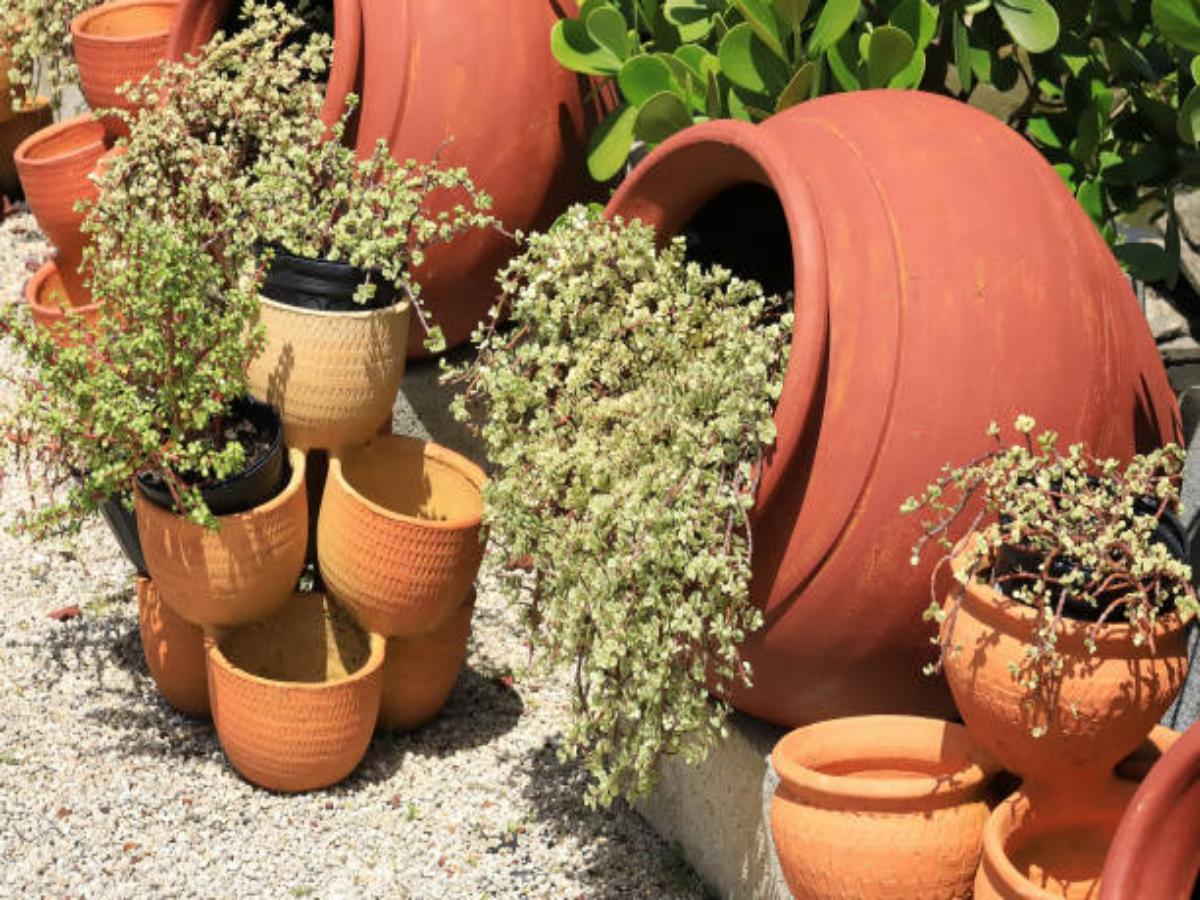Understanding the Distinctions: Ceramic and Terracotta Pots
When it comes to choosing the right pots for your plants, the material they are made from plays a crucial role in their functionality and aesthetic appeal. Two popular options in the market are ceramic and terracotta pots. While they may appear similar at first glance, there are some key differences between these two materials that every gardening enthusiast should be aware of. In this article, we will explore the dissimilarities between ceramic and terracotta pots to help you make an informed decision for your gardening needs.
The Composition: Clay vs. Earthenware
Ceramic pots are typically made from clay, which is then fired at high temperatures. This process results in a durable and non-porous material that is less likely to crack or break. On the other hand, terracotta pots are made from earthenware clay, which is a porous material. This porosity allows for better moisture and air circulation within the pot, benefitting certain types of plants.
Water Retention: Porous vs. Non-Porous
One of the primary distinctions between ceramic and terracotta pots lies in their water retention capabilities. Terracotta pots have excellent water retention due to their porous nature. The tiny pores in the clay allow moisture to evaporate slowly, preventing overwatering and promoting healthier root growth. Ceramic pots, on the other hand, are non-porous and do not allow water to evaporate as readily. This makes them more suitable for plants that require less frequent watering or are sensitive to excess moisture.
Insulation and Temperature Regulation Between Ceramic and Terracotta Pots
Another aspect to consider is the insulation and temperature regulation provided by each type of pot. Terracotta pots excel in insulation as they can absorb excess heat during warm weather, preventing the roots from overheating. This natural insulation helps to maintain a more stable root temperature. Ceramic pots, while not offering the same level of insulation, can still provide some temperature regulation due to their thicker walls. However, they may not be as effective in extreme weather conditions.
Aesthetic Appeal: Colors and Design
When it comes to aesthetics, both ceramic and terracotta pots offer a wide range of options to suit different tastes and styles. Ceramic pots are known for their vibrant colors and intricate designs, making them a popular choice for those who prefer a more decorative look. On the other hand, terracotta pots are renowned for their rustic and earthy appeal, with their natural reddish-orange color adding warmth to any garden or indoor space.
Durability and Longevity Between Ceramic and Terracotta Pots
If you are looking for pots that will stand the test of time, durability is a crucial factor to consider. Ceramic pots, being fired at high temperatures, are generally more durable and less prone to cracking or chipping. They can withstand harsh weather conditions and are less likely to break if accidentally dropped or knocked over. Terracotta pots, while still reasonably durable, may be more susceptible to damage due to their porous nature.
Weight and Portability
When it comes to portability, the weight of the pots becomes an important consideration. Ceramic pots are typically heavier than terracotta pots due to their denser composition. This can make them more challenging to move around, especially for larger plants. Terracotta pots, being lighter, offer greater ease of portability and flexibility in rearranging your garden or indoor plant display.
Price Range and Availability
Price is often a determining factor when selecting pots for your plants. Ceramic pots tend to be more expensive compared to terracotta pots, mainly due to their manufacturing process and the higher demand for their decorative designs. Terracotta pots, being more widely available and easier to produce, are generally more budget-friendly while still offering durability and functionality.
Plant Compatibility and Soil pH
Some plants have specific soil pH requirements, and the choice of pot material can influence the pH levels within the soil. Terracotta pots have a slight alkalizing effect on the soil, which is beneficial for plants that prefer slightly acidic conditions. Ceramic pots, being non-porous, do not significantly affect the soil pH, making them suitable for a broader range of plants with varying pH preferences.
Weather Resistance: Frost and UV Protection
In regions with harsh winters or intense sunlight, the weather resistance of pots becomes crucial. Ceramic pots, with their non-porous structure, are generally more resistant to frost damage. However, prolonged exposure to strong UV rays can cause fading or discoloration. Terracotta pots, while more susceptible to frost damage, are better at withstanding UV rays and are less likely to fade over time.
Maintenance and Cleaning
Keeping your pots clean and well-maintained is essential for the health of your plants. Ceramic pots are relatively easier to clean due to their smooth and non-porous surfaces. They can be wiped down or washed with mild soap and water. Terracotta pots, being porous, can develop mineral deposits and algae over time. Scrubbing with a brush and using a mixture of vinegar and water can help remove these deposits and keep the pots in good condition.

